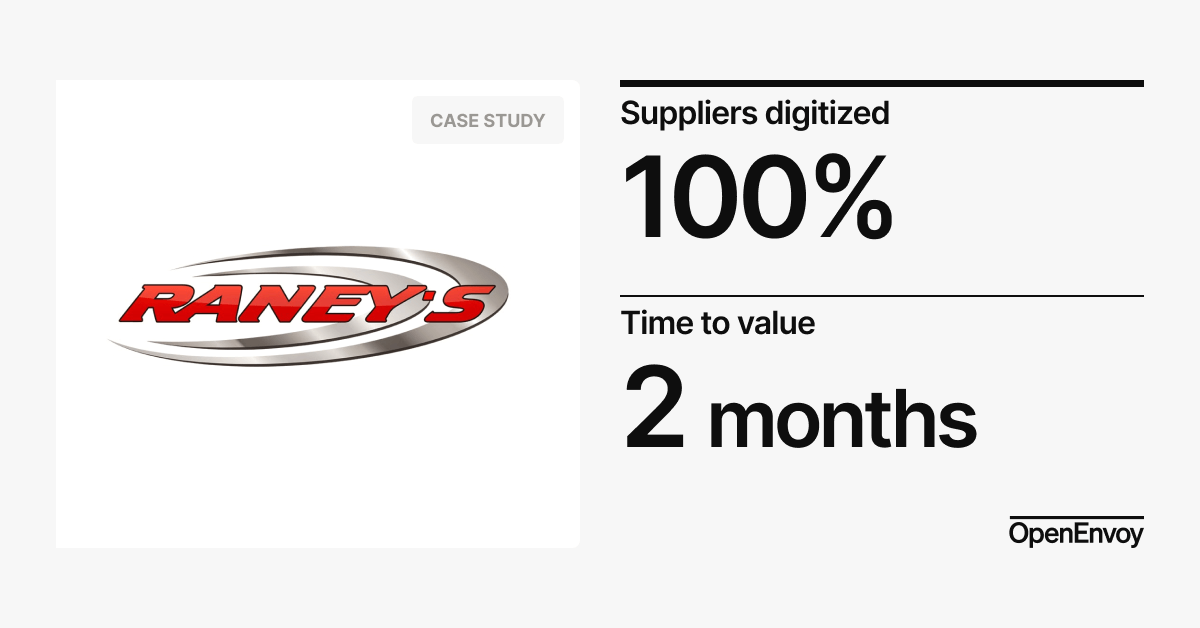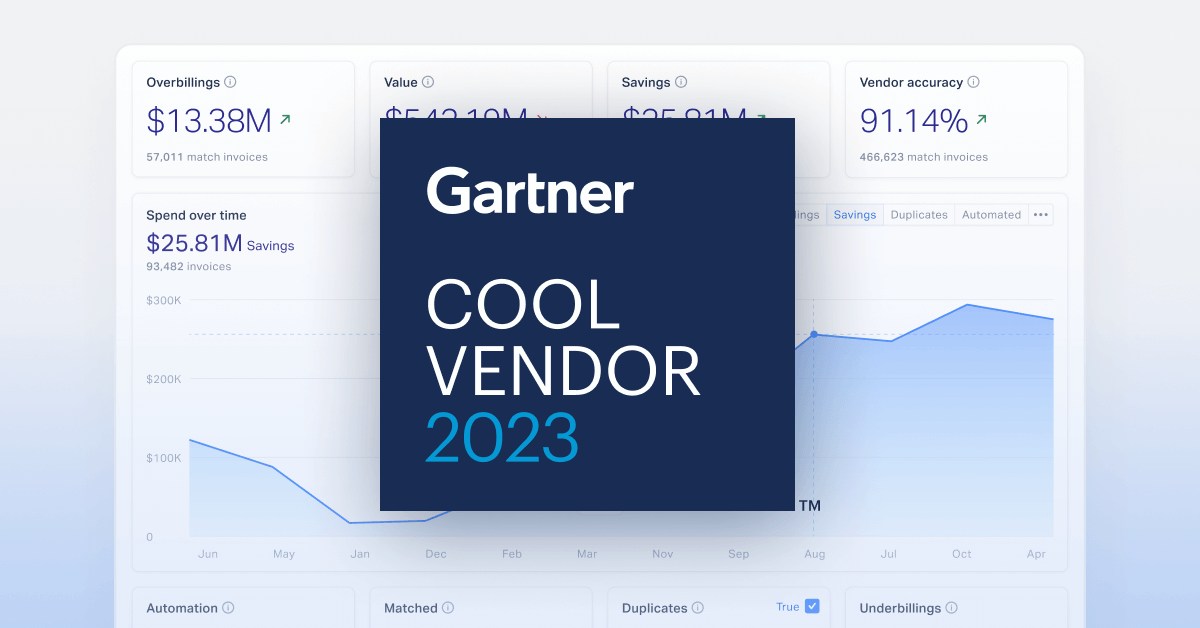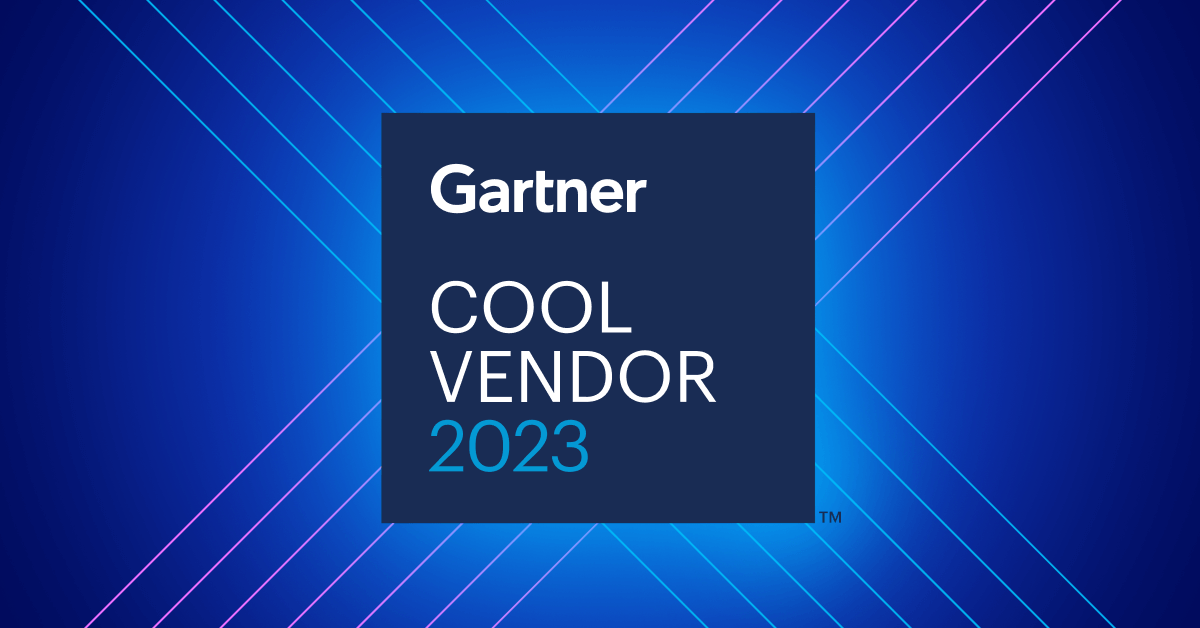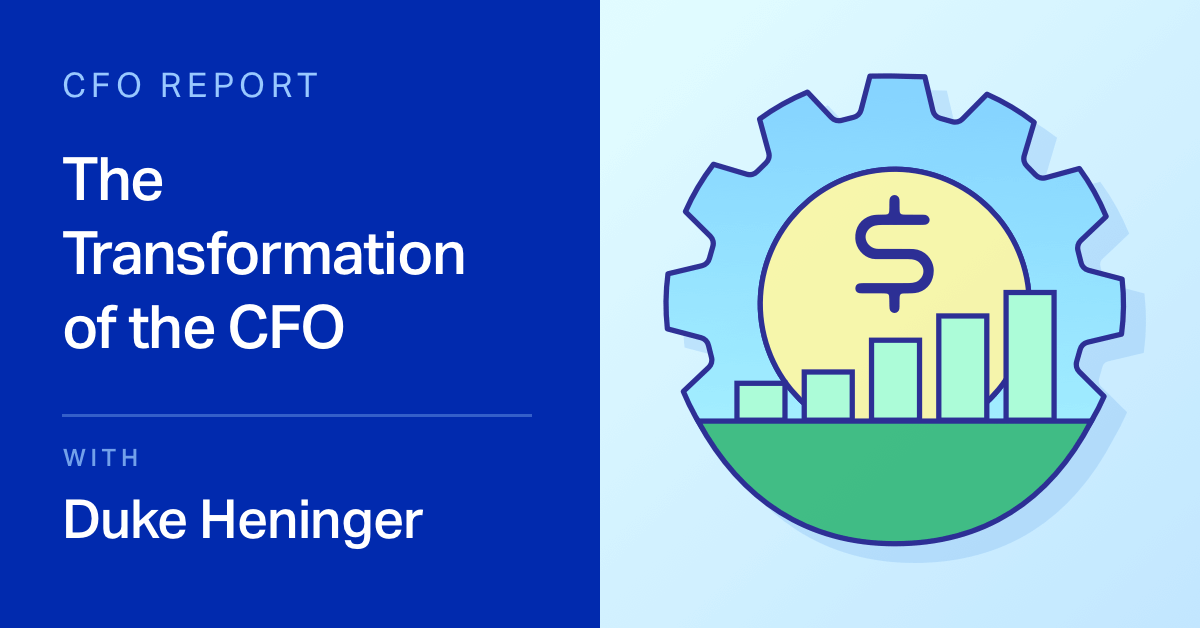Payment processes can greatly influence customer satisfaction and vendor relationships. Manual systems slow payments coming into accounts receivable and backlog invoices leaving accounts payable. This inevitably impacts the supply chain and vendor relationships, reduces revenue, and compromises a company’s financial health.
Amidst the COVID-19 pandemic, companies felt the impact of overreliance on manual payment systems and poor cash management practices. This has propelled CFOs and finance teams to accelerate the digitization of their payment systems. 70% of CFOs are digitizing accounts payable and accounts receivable processes to easily meet customer demands while simultaneously lowering operating costs. Before digitization begins, CFOs should examine their unique payment pain points to ensure the technology they choose fixes their problems, rather than adding to them.
Here are 5 common payment pain points that the latest real-time automation technology can optimize for immediate improvement:
1. Lack Of Spending Visibility
A lack of visibility into organization spending makes planning and strategizing difficult and ineffective. If you can’t adequately identify where resources are going at any given time, it is difficult to take decisive action when a crisis or opportunity arises. Having an accurate account of monthly cash flow is necessary for the AP team to anticipate vendor payments and procurement. Spending visibility allows for an accurate depiction of operational performance and provides extremely valuable insights for strategic planning.
Real-time automation technology can transform spend data into actionable insights for improved planning and forecasting.
2. Manual AP Processes
Manual data entry is slow and error-prone, especially for companies with a high volume of monthly payments and invoices. Human error and miscommunication combined with inefficient technology traps cash flow within accounts payable and accounts receivable.
Streamlining AP/AR operations can be done by eliminating manual systems with automated workflows that guarantee accuracy and optimize the reconciliation of transactions.
3. Digital Payments
The total number of real-time transactions in 2020 was 70.3 bn, up 41% since 2019. In theory, digitization enables quicker transactions, but having an inconsistent technology solution can lead to more confusion and errors. Digital payments also create more concerns for fraud in terms of compliance and security.
A strong automation technology allows companies to automatically create invoices, deliver them electronically, send reminders to customers, and reconcile payments with accounting systems. It also securely supports multiple types of digital payment like ACH, credit card, and additional payment platforms. The newest technology platforms support AR teams with the ability to export data to control accounting and reconciliation activities along with improved tracking of past-due accounts.
4. Compliance Monitoring
Verifying internal expenditures with employee expense policies enables business growth and controls spending. Ineffective expense management can hinder employees and finance teams who spend needless time hunting down missing items and wait long periods for expense reimbursements.
Updating employee expense policies can streamline the auditing and authorization of employee expense reports to assist finance teams in guaranteeing compliance.
5. Payment Flexibility
Manual AR systems with limited ability to accept digital payments restrict flexibility for buyers to pay invoices and can hurt working capital. Paper payments can increase the length of time it takes to receive payments.
With a comprehensive B2B account receivable software, buyers have the option to pay the invoice, make payments on the order, or request a virtual card. With virtual methods of payment, vendors don't have to wait for a check to clear, and funds are accessed immediately. Paying on the order provides efficiency as an organization can use this method to get pre-approval for expenses and charge a transaction against a specific purchase order. The vendor receives the virtual card with the purchase order when the contract is approved. These approaches signal a great degree of flexibility in traditional payment practices.
In order to stay competitive, modern organizations are using technology to digitize and streamline their accounting processes. To maintain loyal customers and continue positive relationships with vendors businesses should adopt the advances in this area to make payment processing more efficient and cost-effective.






